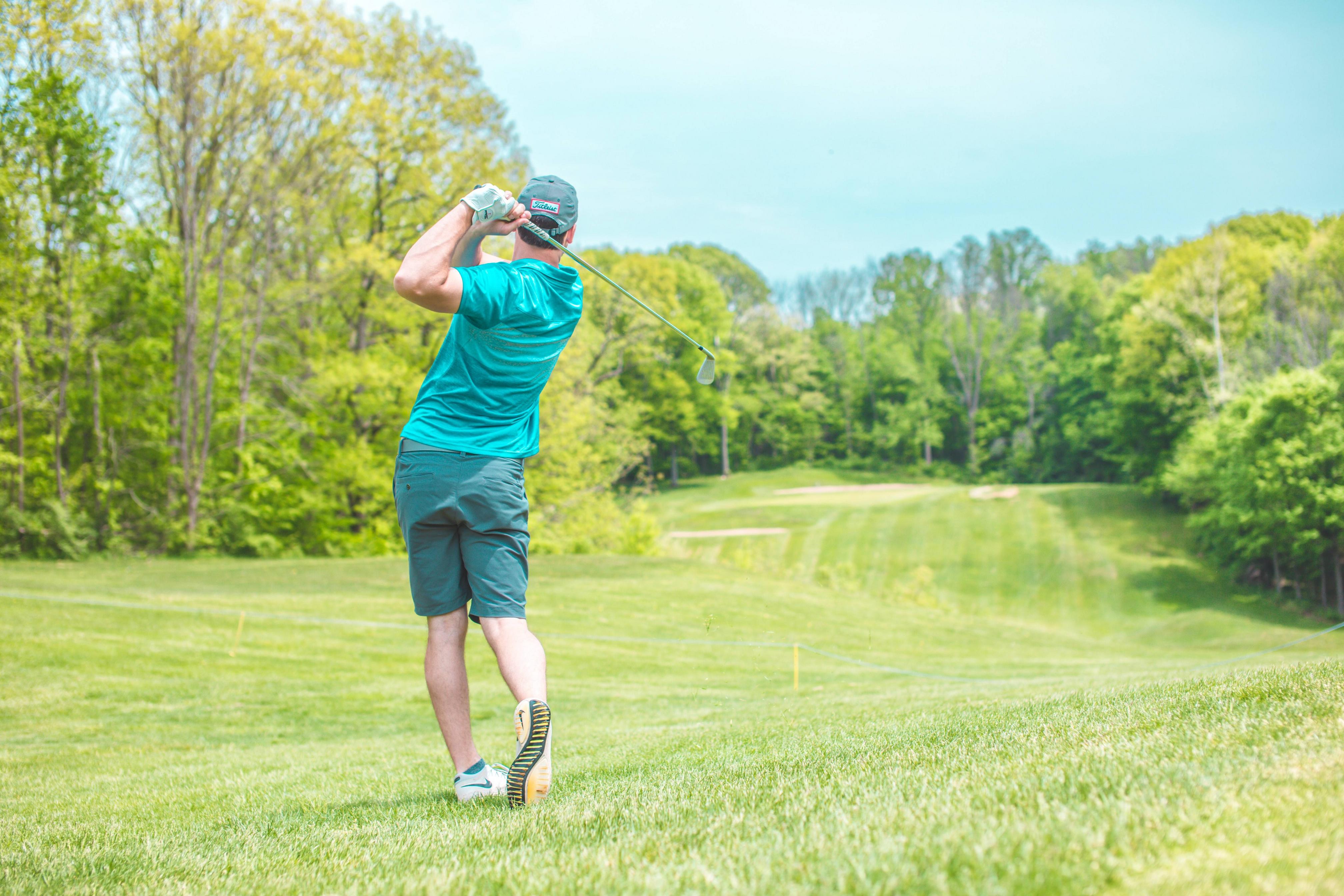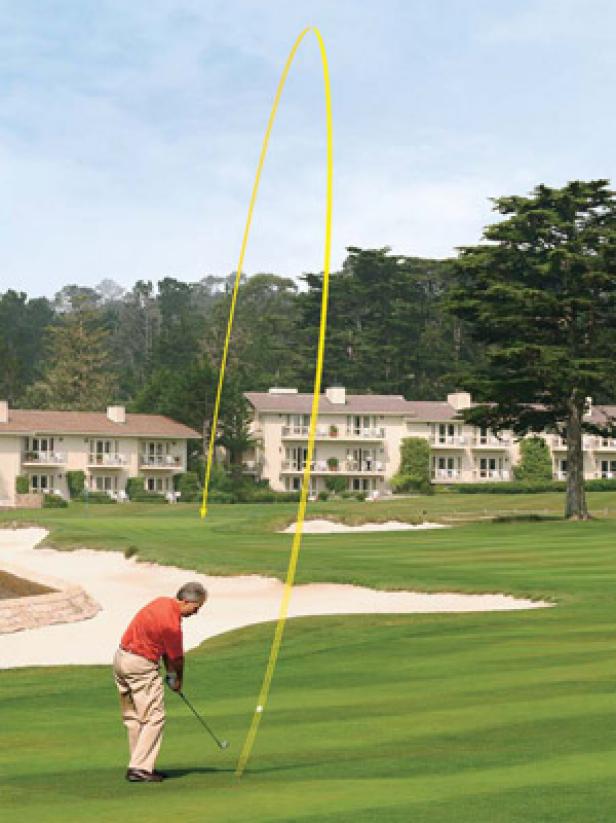
Your golf game can be affected by the quality of your putting greens. You need to practice on one before playing on the real course. Rain, improperly cut greens, and too much or too few water all have an impact on the greens' performance. There are many things you can do to prepare for the fairway and how to manage them. You need to play golf on several different courses so you can learn about the green conditions. It is essential to practice on several courses in order to learn how green conditions change each day.
Putting green

A putting-green for golf is a great place to practice. They are typically rectangular, though some have curved ends. Curved mats are more convenient than the rectangular ones, according to some people. Stimp meters can be used to determine the speed of your putting green. You won't need to spend too much time learning how to use your green once you are comfortable.
Types
There are many varieties of golf greens. Some are flat and great for low-spin shots. Other are more challenging. It doesn't matter what the case may be, you need a green that allows for low-spin shots. The shape of greens is variable, but they are generally oval or oblong. They can be flat, slightly sloped or have contours around the surface. You have the option to design your putting green for your golf course.
Sizes
The sizes of golf putting greens vary widely, but there are some basic rules to follow. First, images of putting areas must be scaled down to 1 inch per 5 yards. Also, books that include putting green photos must not exceed 4 1/4" by 7". Although they can be larger, hole location sheets should not exceed 9x7 inches. The only exception to this rule is magnification of putting course information for golfers with prescription glasses.
Cost

The cost of golf putting greens varies, depending on the type of material used and size of the installation. A synthetic putting course can cost up to $20 per square feet, while a real one can be as low as $.70 per sq. foot. It is important to consider the size of your green, as larger greens will require more materials and take longer to install. Professional putting green installations will likely cost you between $18,000-$24,000.
Placement
The pin placement on a golf course is one of its most important components. It is important for players to know how they should approach it. It may take longer to place the pin on the back side of the green than it does on the front. Players need to choose where they want to place their ball. Pin placement on golf courses can vary from one day of the week to another. This is due to the fact that superintendents rotate the pin placements at each green.
FAQ
How can I practice my golf swing properly?
Practice makes perfect! It is vital to practice any sport. If you want to get better at golf, you must practice. Practice until you become comfortable with the basic mechanics of the swing.
It is important to practice with both your hands. Practice using short shots first. Next, you can work on longer drives. Finally, practice chipping and putting.
How can a golfer score points on the course?
Points are awarded depending on how well a player performs during a competition. You can score points in many different ways in golf. A player might win a tournament by scoring more points than any other player. In another scenario, a player might place second in a tournament. This would allow them to receive half the prize cash that was won by their winner. Also, placing third through tenth in a tournament earns you points. These extra points are known by the "strokes."
Apart from these official competitions there are many other events that award points for the best performers. Sometimes, bonus points may be awarded to players who have performed well at an event in the past.
How often should I play the game of golf?
It all depends on your time. Most people recommend at least two sessions per week.
If you are serious about becoming an expert golfer, you should aim to play four times per week.
How is golf scored?
The scorecard is broken down into four distinct categories: Stroke Play (Par 3, Par 4 and Par 5), and Stroke Play (Par 3 & Par 4). Each category can be further broken down into strokes. A player must complete 18 holes (Par 72) to reach par.
The lowest score wins.
Statistics
- They do this by means of assessing and rating courses according to the average good score of a "bogey golfer," a player with a handicap of around 20. (en.wikipedia.org)
- Buying a set of Titleist or Taylor-Made irons for nearly $1,000 is simply not necessary and likely a waste of money. (golficity.com)
- He shanked the first attempt, but it is estimated his second went more than 200 yards (180 m).[52]Golf courses worldwide. Below are the top 20 countries with the most golf courses as of 2019.[53]CountryNumber of (en.wikipedia.org)
- Professional golfers typically make between 60% and 70% of greens in regulation. (en.wikipedia.org)
External Links
How To
How to Hit the Golf Ball Straight
It has been a topic of great interest throughout history how to hit a straight shot. There have been many methods to achieve the desired result. These include hitting the balls with a club, throwing them at the target, or even using your bare hands to hit it.
You must first learn how to hit a ball straight. Next, learn how you can choose the right tool to do the job. You must also practice correctly swinging the club. Once you master these three steps, you'll be able to use them to hit the ball straight every time.
Practice is all about hitting the ball squarely. That means you must hit it exactly at the spot where it should be. You can cause the ball to veer off track by hitting it too high or too low.
To hit the ball solidly, follow this simple method:
-
You should grip the club securely. Your grip should be comfortable and firm enough that it holds the club securely.
-
Now, set your stance. As you place your feet over the ball, make sure that your feet form an "L". Make sure your body weight evenly distributes between both legs.
-
As fast as you can, swing the club back-and-forth. As soon as the clubhead reaches its highest point, pause briefly before bringing it down again. This motion should be repeated until you complete one revolution.
-
Swing only through the ball's center. Keep the club from moving to one side.
-
Keep the clubface square to the target line. Maintain the clubface parallel and level with the ground.
-
Concentrate on making solid contact with the ball. Try not to strike it too softly.
-
The sweet spot should be about halfway between the top of the ball and the bottom. This will help ensure that the ball flies true.
-
If you are using your driver, aim towards the middle of the fairway. If you are using a long iron, try aiming for the rough.
-
Practice your technique by swinging at a small target such as a brick wall or tree trunk.
-
You should see improvement in your game after several months of consistent practice.
-
Learn new skills and play better golf.